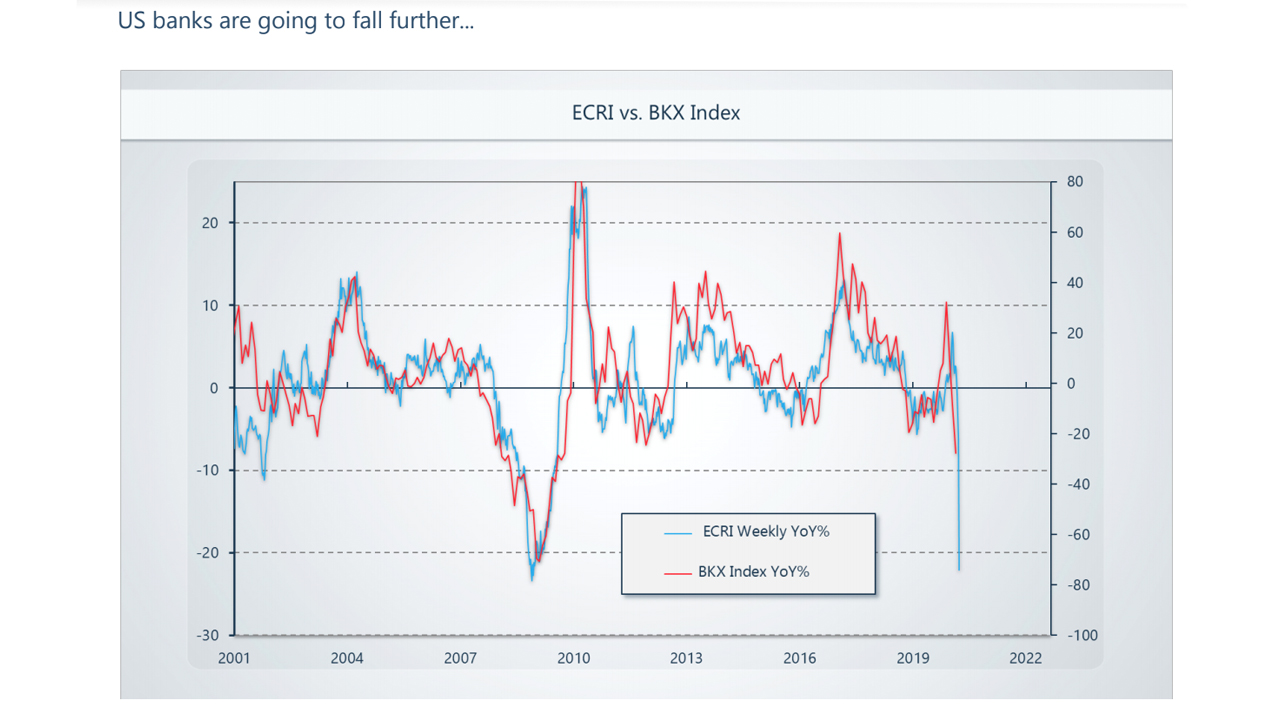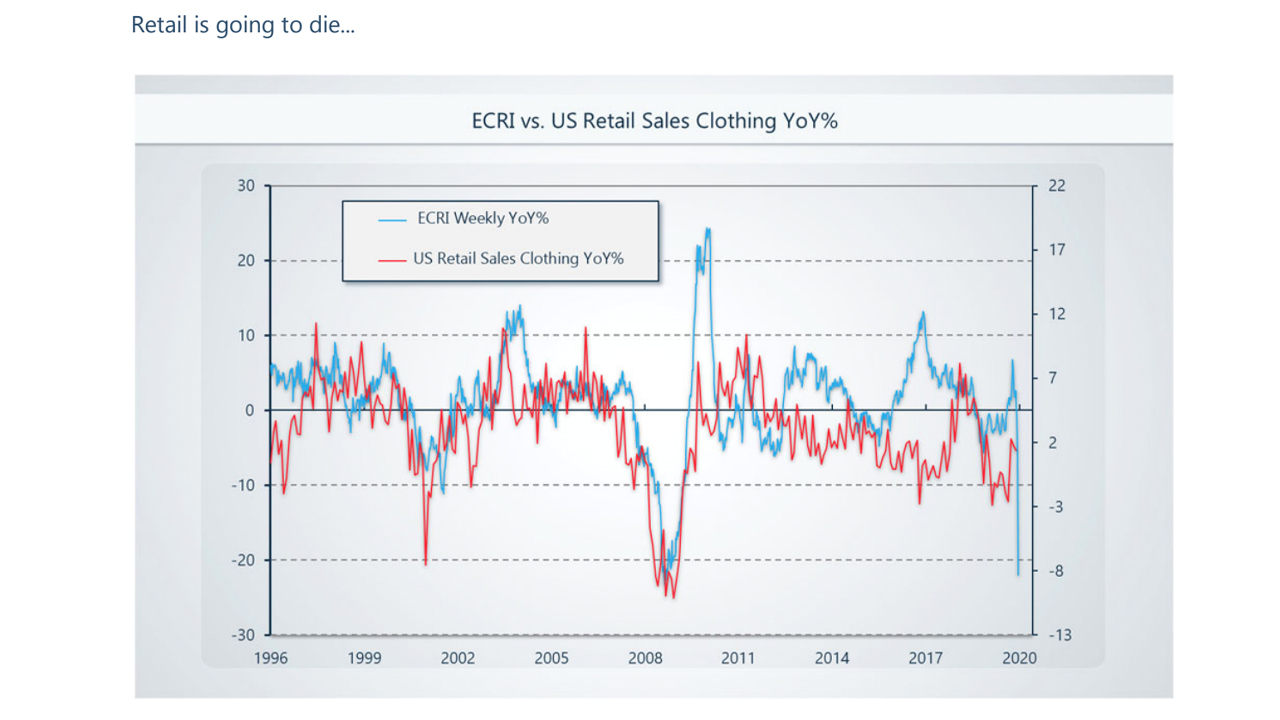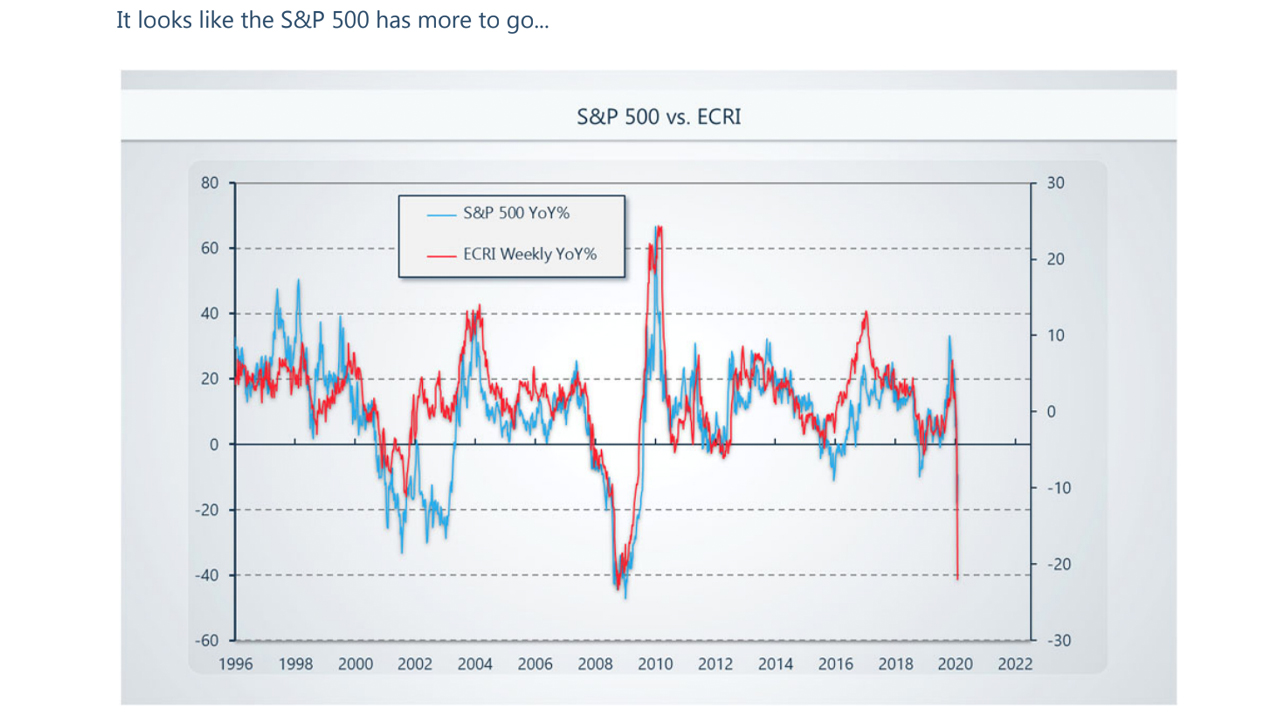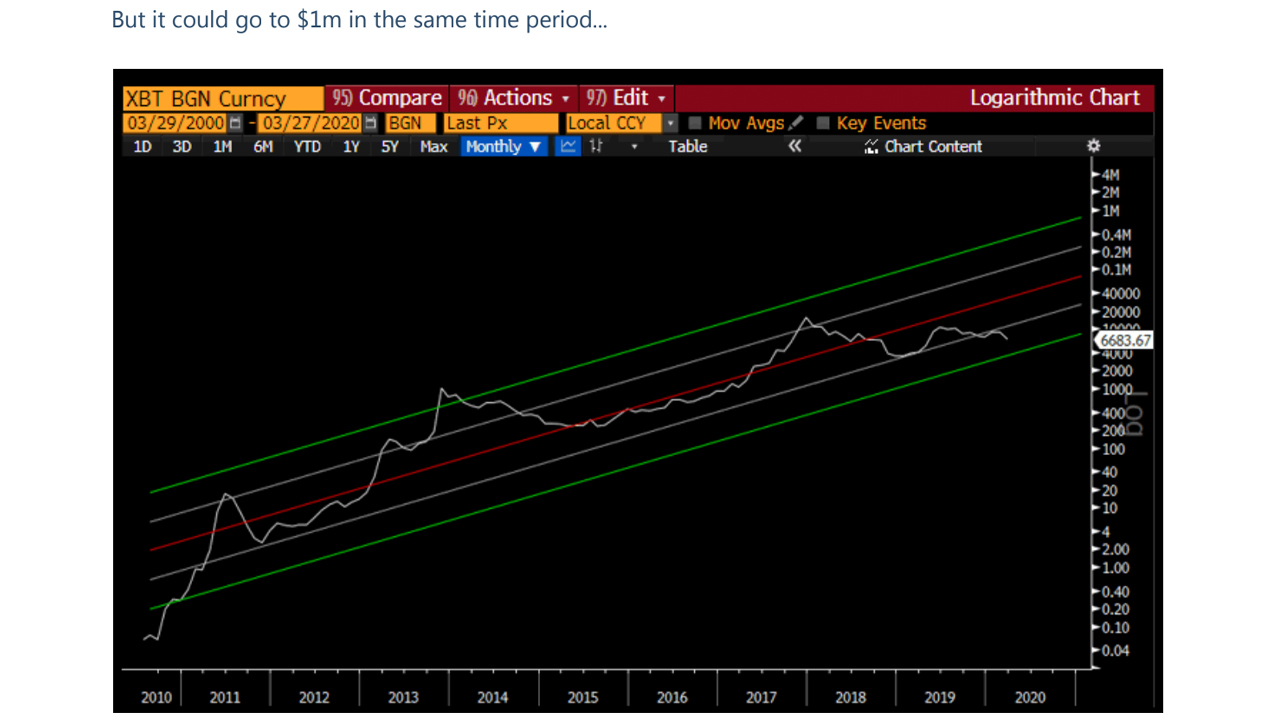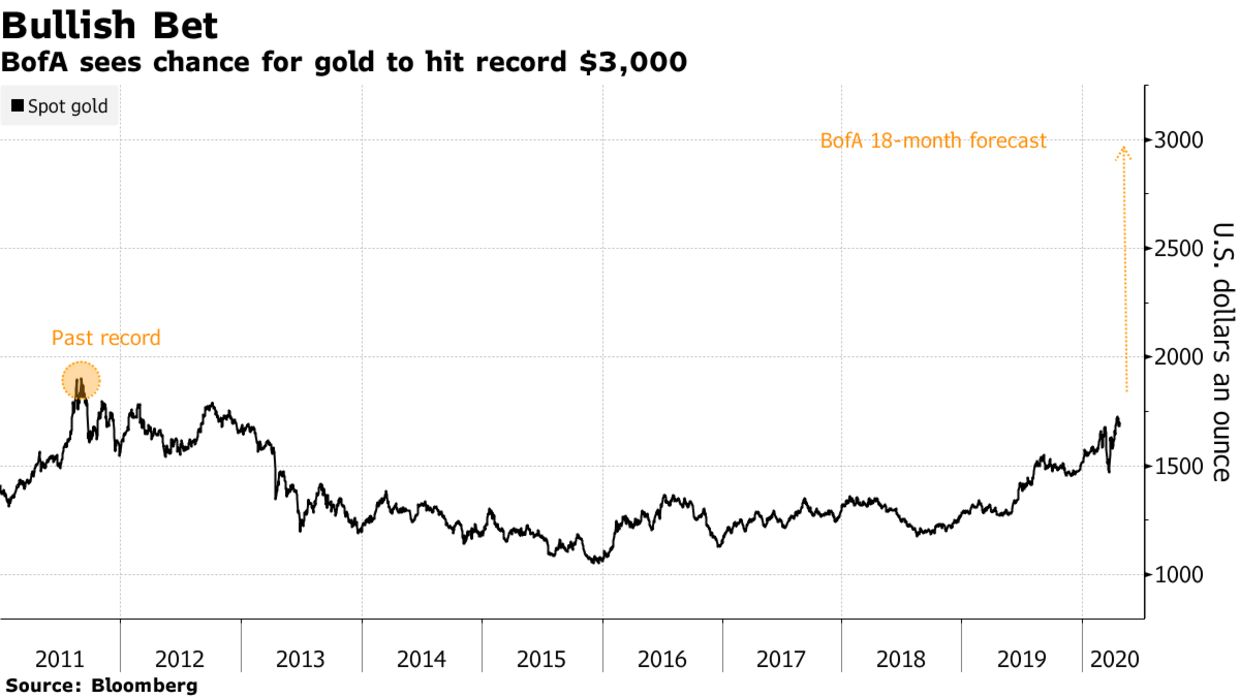Lipulekh and Kalapani lies on Nepal
Tourism
This pass links the Byans valley of Uttarakhand, India with the Tibet Autonomous Region of China, and forms the last territorial point in Indian territory. The Kailash Mansarovar Yatra, a Hinduism pilgrimage to Mount Kailash and Lake Manasarovar, traverses this pass. Lipulekh pass is connected to Chang Lobochahela, near the old trading town of Purang (Taklakot), in Tibet.
India-China Trading Post
The pass was the first Indian border post to be opened for trade with China in 1992. This was followed by the opening of Shipki La, Himachal Pradesh in 1994 and Nathu La, Sikkim in 2006. Presently, Lipulekh Pass is open for cross-border trade every year from June through September.
Products cleared for export from India include jaggery, misri, tobacco, spices, pulses, fafar flour, coffee, vegetable oil, ghee and various miscellaneous consumable items. The main imports into India include sheep wool, passam, sheep, goats, borax, yak tails, chhirbi (butter) and raw silk.
India-China BPM (Border Personnel Meeting) point
The Nepalese claims to the southern side of the pass, called Kalapani territory, are based on 1816 Sagauli Treaty between British East India Company and Nepal. The treaty delimited the boundary along the Kali River (also called the Sharda River and Mahakali River). India claims that the river begins at the Kalapani village as this is where all its tributaries merge. But Nepal claims that it begins from the Lipulekh Pass.[5] The historical record shows that, some time around 1865, the British shifted the border near Kalapani to the watershed of the Kalapani river instead of the river itself, thereby claiming the area now called the Kalapani territory.[6] This is consistent with the British position that the Kali River begins only from the Kalapani springs,[7] which meant that the agreement of Sugauli did not apply to the region above the springs.[8]
After the Indian prime minister's visit to China in 2015, India and China agreed to open a trading post in Lipulekh, raising objections from Nepal.[2][3] The Nepalese parliament stated that 'it violates Nepal's sovereign rights over the disputed territory'.[9] Nepal now intends to resolve the issue via diplomatic means with India.[10]




.jpg&w=900&height=601)




